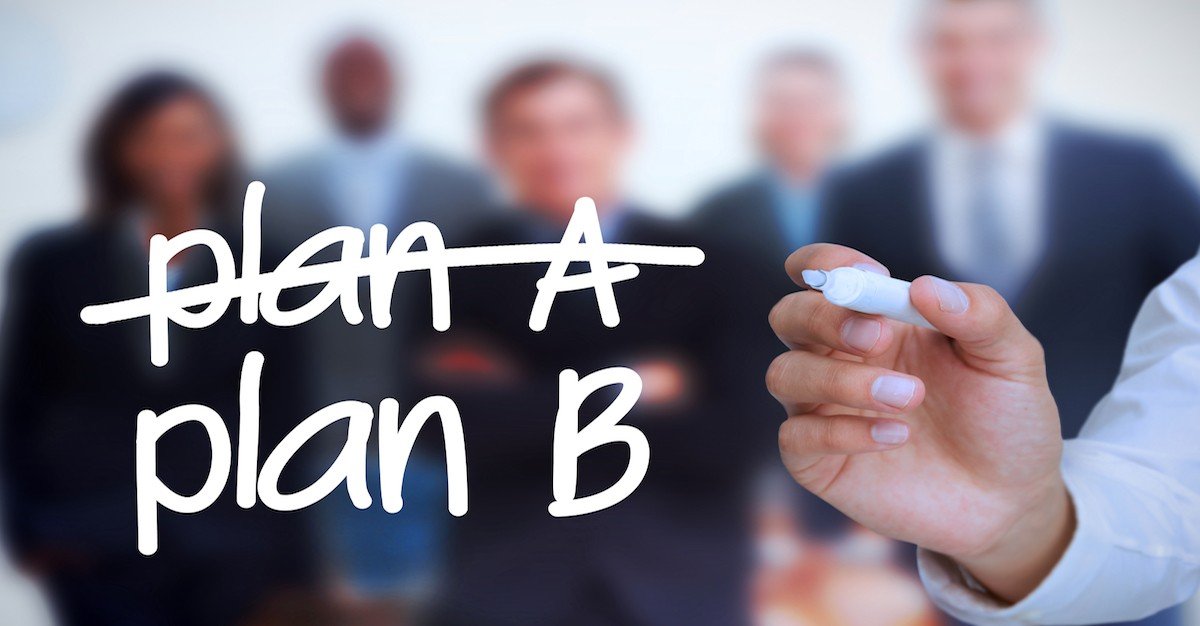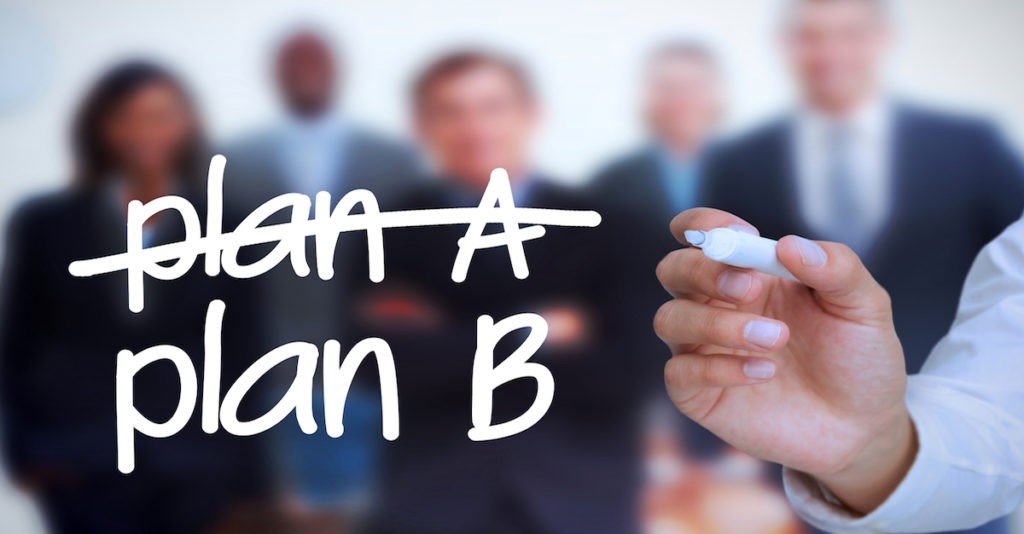By the summer of 1789, the people of France finally reached their breaking point.
France was the largest, most powerful empire in the world at the time. But their economy had been in ruins for years. Unemployment was high. Inflation had spiraled out of control. And after a very tough winter, many people had starved to death.
Violence, riots, and looting were a common occurrence, and Paris boiled in anger.
On the morning of July 14th, 241 years ago today, a crowd of around 1,000 people formed at the Bastille Saint-Antoine, a French military fortress that was a symbol of royal tyranny.
The crowd was there peacefully, at first. But by the end of the day, the conflict had escalated into a bloody mess… which is why historians usually consider this the start of the French Revolution.
The revolution began as a fight against oppression and a desire for greater liberty and freedom.
But within a few years, France would be plunged in even worse turmoil than before: civil war, hyperinflation, external war with Prussia and Austria, economic decay, and of course, the Reign of Terror.
During this period, 300,000 people were incarcerated, and nearly 30,000 were either publicly executed or died in prison without trial, because the “Committee for Public Safety” deemed them intellectual dissidents.
It literally took decades for France to finally return to ‘normal’.
One of the most interesting eye-witness accounts from the early days of the revolution comes from none other than Thomas Jefferson, who was stationed in Paris at the time as a diplomat.
In a letter to John Jay (another Founding Father), Jefferson provides a first-hand account of the storming of the Bastille… and the subsequent unrest that took over the country:
“[The mob] carried the Governor and Lieutenant governor to the Greve (the place of public execution) cut off their heads, and set them through the city in triumph. . .”
Jefferson could hardly believe what he was seeing: France, the most advanced and civilized country on earth, plunging into chaos.
The circumstances are obviously different today. But there are undoubtedly countless people right now who can hardly believe what they’ve been seeing in the US, and worldwide.
A global pandemic, total economic shutdown, tens of millions of jobs lost, trillions of dollars of debt and money printing, and social unrest, including riots and looting.
And then there’s the angry and growing mob that greets any intellectual dissent with punishment, persecution, and censorship.
People have been fired, forced to denounce family members, beaten, and even threatened with murder, for expressing completely benign perspectives.
Many politicians have already capitulated to the mob. Some have allowed sections of their city to be overrun. And others are actively seizing on the moment to foment a far-reaching Marxist revolution.
In the city of Seattle, a local councilwoman released a video stating her clear objective to overthrow the “racist, sexist, violent, utterly bankrupt system of capitalism. . . and replace it with socialism.”
Let’s be honest… this is worrisome. And it makes a lot of people feel like things are spiraling out of control.
My long-held view that I’ve been writing about for years is that having a Plan B is a way to take back control.
Having a Plan B is a completely rational; it’s like an insurance policy. You hope you’ll never need to use it. But if you ever do, you’ll be really glad that you have one.
A great Plan B has practically zero downside.
There’s no downside in good tax planning that can save you money. There’s no downside in making it more difficult for people to file frivolous lawsuits against you.
And in today’s environment, if you’re concerned about the policy impacts of mob rule, you’ll be better off with a Plan B to physically move yourself, if needed.
Frankly, what we’ve seen in 2020 so far is potentially just a taste of what may be coming.
Just imagine how swiftly and viciously governments could react if there will be COVID-20 or COVID-21.
Just imagine how much rage will explode in the streets depending on who wins the next US Presidential election.
And then there are other risks – like the looming Cold War with China, spiraling deficits, etc. We haven’t even started to see the effects of those.
So, it makes sense to have a second citizenship. Or at least a second residency – somewhere in the world that you can enjoy.
This means you’ll always have another option to live, work, invest, retire… and potentially even pass down those rights to future generations.
A Plan B also takes your finances into consideration.
Will the trillions and trillions of dollars that the Federal Reserve is pumping out cause serious damage to the dollar? Will the world eventually abandon the dollar as a reserve currency?
These are certainly possibilities. That’s why gold and other real assets are also worth considering as part of a Plan B.
Retirement planning is another factor to consider. According to updated projections from the Bipartisan Policy Center, in the Land of the Free, Social Security may be completely out of cash by 2029.
In terms of retirement planning, nine years is right around the corner.
So, taking charge of your retirement with a tax-advantaged retirement structure like a Solo 401(k) or Self-Employed Pension (SEP) IRA makes a lot of sense. These retirement structures allow you to put away a LOT more money for your retirement than traditional plans.
And they also allow you to invest your retirement plan’s funds in a wide variety of assets – private equity, startups, precious metals, real estate, etc.
Having a Plan B is like taking care of your health… it just makes sense. There’s no downside.
And, like taking steps to improve your health, it’s never too late to start.









